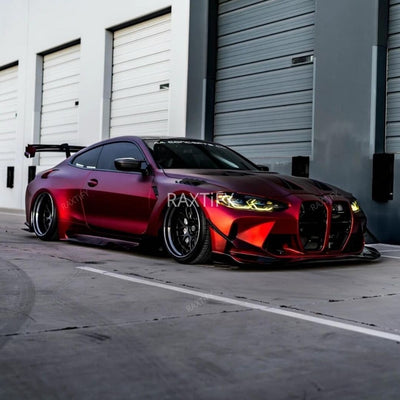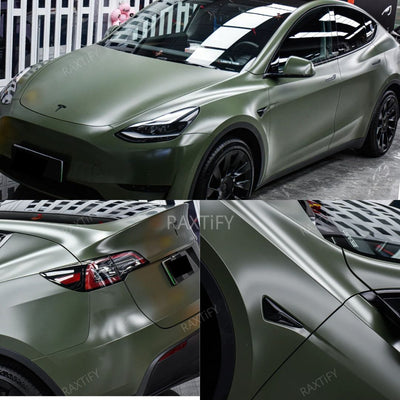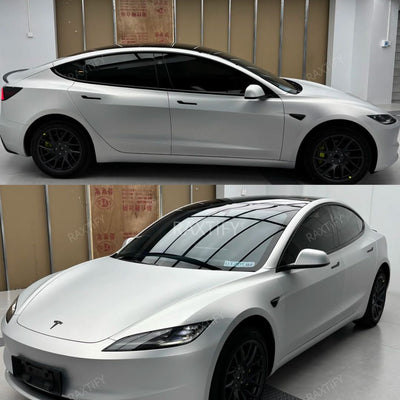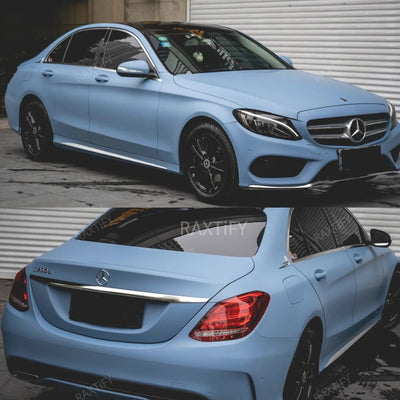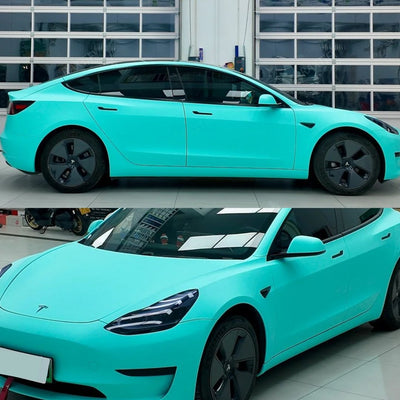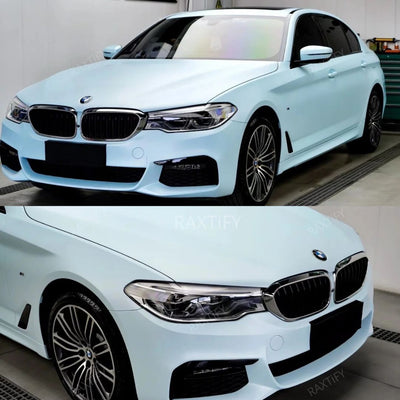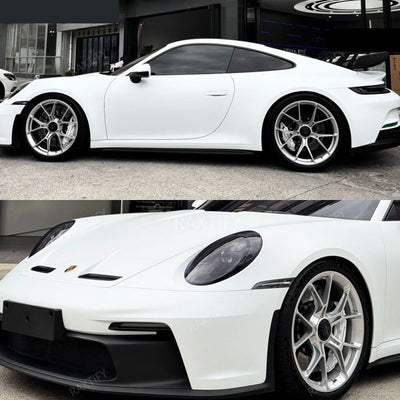
Introduction
When it comes to vinyl wraps, choosing the right type for your project is crucial. Two main types dominate the market: cast vinyl and calendered vinyl. Both have unique properties and benefits, but they serve different purposes. In this blog post, we’ll explore the differences between cast and calendered vinyl to help you determine which is right for you.
The Basics: Cast vs. Calendered Vinyl
First things first: what exactly is vinyl film, and how is it made? Both calendered and cast vinyl films are produced from polyvinyl chloride (PVC) polymer, a synthetic material known for its durability, flexibility, and resistance to water, UV light, and other environmental factors. However, the similarities between the two types of vinyl films largely end there. Let's take a closer look at each type of vinyl film and their manufacturing processes.
Cast Vinyl
Cast vinyl films are produced through a casting process that involves pouring a liquid mixture of PVC polymer and other ingredients onto a moving matrix, then heating it to evaporate the solvents. This process leaves behind a solid film that is thin, stretchy, and highly conformable.
A key factor that distinguishes cast vinyl is the type of plasticizer used in its manufacturing. Plasticizers are chemicals added to PVC to increase its flexibility and pliability. There are two main types of plasticizers: polymeric and monomeric. Polymeric plasticizers are higher grade and offer superior performance, while monomeric plasticizers are economy grade and may result in a less durable film.
Other additives, such as dyes, pigments, and UV and heat stabilizers, also influence the properties of the film. Popular brands of cast vinyl films include Avery SW900 and 3M 1080.
Calendered Vinyl
On the other hand, calendered vinyl films are produced by rolling and heat-pressing solid PVC material through a series of rollers to flatten and shape it into a film. This process, known as "calendering," results in a thicker and less expensive film that is not as stretchy or conformable as cast vinyl.
Calendered vinyl films typically range from 2.5 mils to 4 mils in thickness, whereas cast vinyl films are usually around 2 mils thick. Calendered vinyl films are best suited for flat, simple surfaces, while cast vinyl films are more appropriate for complex surfaces with curves and contours. Popular brands of calendered films include ORACAL 651 and Avery Dennison MPI 1105 Supercast.
Advantages & Common Use: Cast vs. Calendered Vinyl
Cast Vinyl
Advantages of Cast Vinyl:
- Durability: Cast vinyl is highly resistant to cracking, fading, and peeling. It typically lasts 5-12 years, making it ideal for long-term applications.
- Conformability: Due to its flexibility, cast vinyl wraps easily around complex curves and contours, providing a seamless finish.
- Thickness: Cast vinyl is generally thinner than calendered vinyl, which helps it conform better to intricate details without lifting or shrinking.
Calendered Vinyl
Advantages of Calendered Vinyl:
- Cost-Effective: Calendered vinyl is less expensive than cast vinyl, making it a popular choice for short-term projects and budget-conscious applications.
- Durability: While not as long-lasting as cast vinyl, calendered vinyl can still last 3-6 years, depending on the environment and usage.
- Thickness: Being thicker, calendered vinyl is more robust and resistant to abrasion, making it suitable for flat or slightly curved surfaces.
- Color Variety: Calendered vinyl offers hundreds of unique color options, allowing you to make your vehicle truly stand out and be unique.







